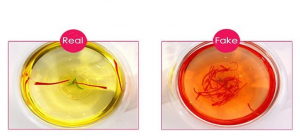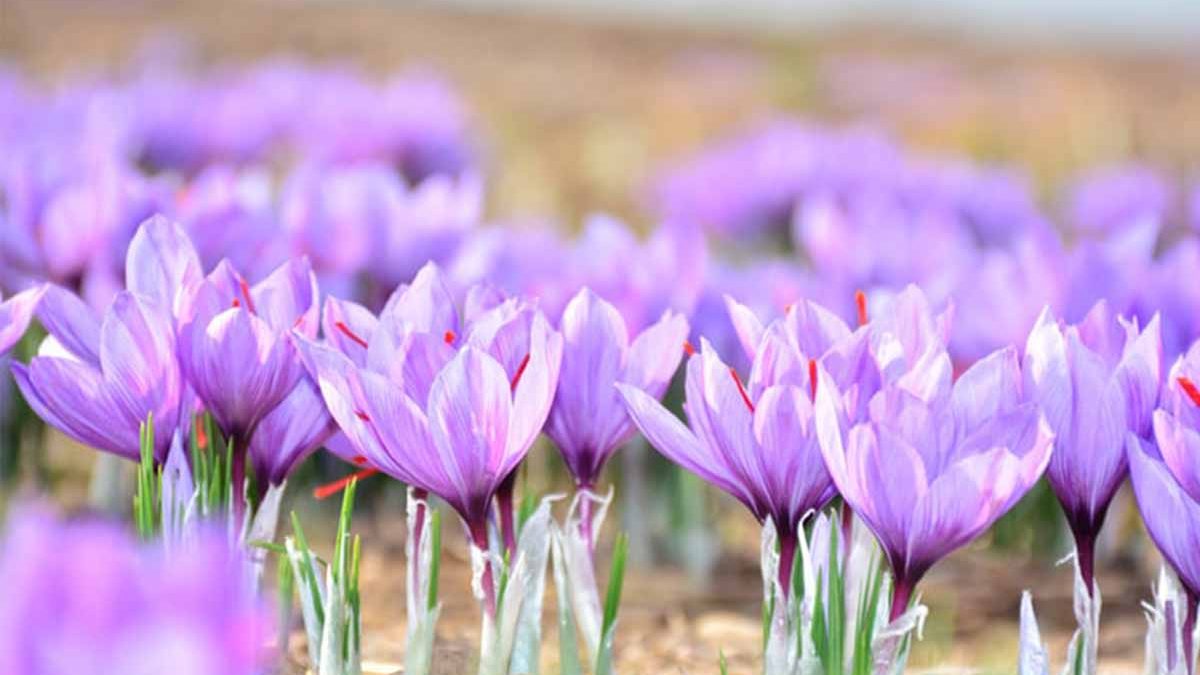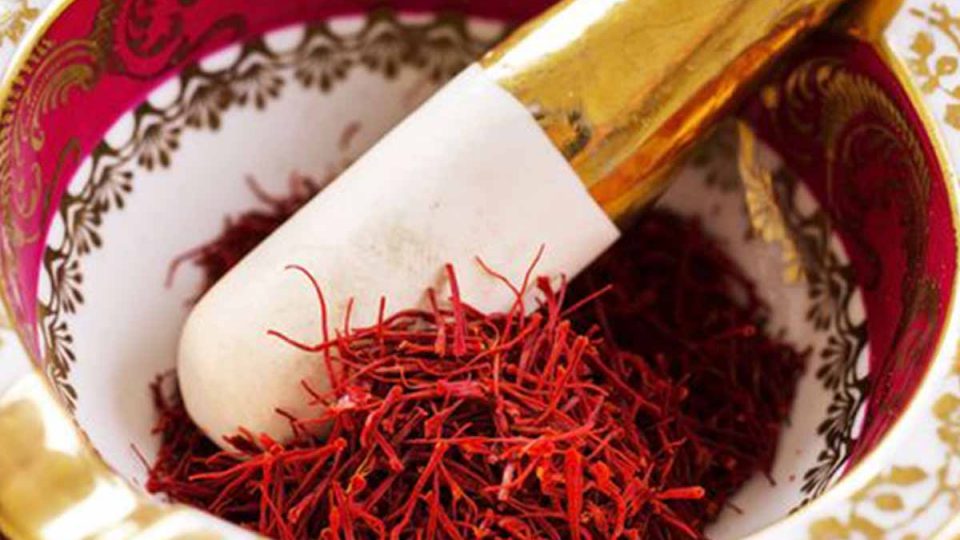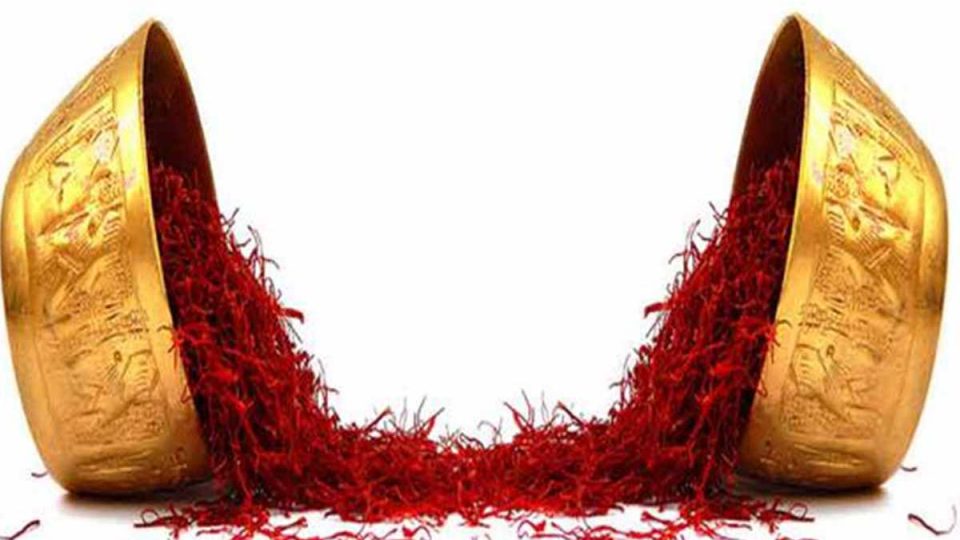How to identify real saffron and fake saffron?

Saffron shelf life and whatever you want to know…
January 14, 2020
Selling saffron
January 14, 2020How to identify real saffron and fake saffron?
Saffron is a brand name of saffron flower stigmas. This product, known as red gold, is an expensive food and its cultivation is a valuable business. One of the problems associated with saffron trading and trading is identifying its origin. Certainly fraudsters make good money by selling fake saffron. For most buyers, it may be difficult to distinguish original saffron from fake saffron. Buyers do not want to find out that they have been cheated after paying a high price for buying saffron and what they are buying is fake saffron. By knowing how to identify real saffron from fake you can always obtain real saffron and prevent fraudulent profits. Using fake saffron may only enhance the color of the food, but the original saffron, in addition to the color of the food, also affects the taste and aroma of the food as well as the satisfaction of consumers.
Pure and real saffron
Since ancient times, the lands of Iran, Spain, India and Greece have been at the forefront of saffron cultivation and have succeeded in maintaining international trade in this expensive edible product. The level of staining, the amount of Crotchin that affects the bitterness of its taste, and the purity of saffron are examined in the laboratory, but familiar with some of the methods one can distinguish the original saffron from its counterfeit type. If you read this article through to the end you will find out how to spend your money on good saffron by identifying real saffron and fake saffron in the market.

Ways to distinguish real saffron and fake saffron
Ways to distinguish real saffron and fake saffron
You must first identify the real saffron and fake saffron in appearance. The stigma of the saffron stalk is like trumpet at upper part and thinner at the bottom. The color of real saffron is pungent red. Those involved in the saffron business are well aware that the taste and aroma of real saffron is a unique principle. In other words, the color and flavor of saffron is considered as a constant indicator. Hence, they are divided into different types of saffron, including Negin, Sargol saffron, normal straw saffron, bunches of saffron doxtar pich (fastened by girls).
One way of identifying the main saffron is that pure and real saffron always has a sweet smell, not a sweet taste. Taste a string of saffron, if you have a sweet taste, this is not the real saffron. Some dishonest people add honey or sugar to increase the weight of saffron. Pure saffron is either a bit bitter or has no taste.
Another way of identifying the real saffron is its scent. Original and real saffron has a fascinating and exciting smell. If you know the true aroma of honey and alfalfa, you will definitely know the original saffron aroma as it is a combination of honey and alfalfa. The fresher the saffron, the fragrant it is.
Pour some of the saffron into the cold water, you will see the water change after a short time (1 minute), remove the saffron stigmas from the water after changing the color if the stigma itself has not changed much, your saffron is original, but if the stigma is completely white and almost white, it means fake saffron. On the other hand, real saffron can slowly turn in to yellow or orange to red, but fake saffron that has a chemical color will quickly turn into bright red. The chemicals combined in saffron for further coloring are definitely detrimental to health.
real saffron has no shiny stigmas. Sometimes in the manufacture of counterfeit saffron stigmas, other plants, such as maize, are dyed and sold instead of their real saffron. Corn and saffron stigmas are similar, and the difference is that the saffron stigmas are curved, which can help you identify the real saffron. The safflower is similar in appearance to the real saffron, so don’t be fooled by its color and fragrance.
Sprinkle some of the saffron on the newspaper or paper or press it between your fingers. If the oil stains remain on the paper, it indicates that the saffron is fake and may be oil has been added to fake saffron it to gain weight. The real saffron is crushed like powdered and has no fat.
One of the amazing ways to identify saffron is to pour some fresh boiling water and baking soda into the bottle and stir well. Then add some saffron to the solution. If the saffron is original, the water and baking soda will turn yellow but otherwise the red solution will fade.
Put some saffron on the methane flame. If it is purple or orange, saffron is real saffron. Fake saffron turns yellow. Also, pure saffron is not solvent in gasoline, and it should not change color if you pour some of it into gasoline.
Storage of real saffron
Remember that you also need to keep in mind real saffron storage. Do not expose it to direct sunlight, do not store in high temperature and humidity environments, especially if you store the saffron in a powdered form, keep it in glass or plastic containers so that air will not enter inside. If the saffron storage condition is not good, the smell of saffron evaporates and disappears and may even lose some of its medicinal and therapeutic properties.

real saffron storage condition
Last word regarding real saffron and fake saffron
There are many ways to identify real saffron and fake saffron that can be done by different identifiers, solutions and even physical and chemical methods. Pure saffron has stable properties but not fake saffron. Needless to say, the region and the soil where the saffron was planted are also important. In the end, it is recommended to buy not powdered and crushed stigmas. In this case you can reduce the likelihood of fake saffron. Therefore, in order to use it for a long time and keep its healing properties, essential oil and flavor it should be well preserved.




